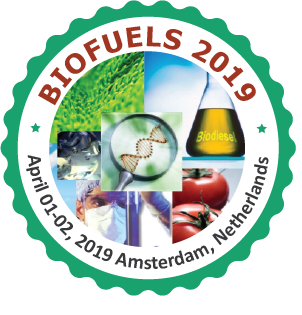
Burcu Gür
Yeditepe University School of Natural and Applied Sciences, Turkey
Title: Plant cell wall modifying XTH enzymes are associated with abiotic stress protection.
Biography
Biography: Burcu Gür
Abstract
Modification of the carbohydrate molecules in the cell walls of plants is essential for growth, maturation and response to external factors, a task fulfilled by enzymes like xyloglucan endotransglycosylase/hydrolases (xths). Many experiments have demonstrated that certain XTH genes are up-regulated during a variety of abiotic stresses. In this project, rice, tomato and capsicum XTH enzymes were examined at transcriptomic and protein levels to give a better understanding of their functions within the plants. Detailed analyses of protein substrate specificities of the XTH enzymes revealed a distinct preference for an unsubstituted basal form of xyloglucan. Rice, tomato and capsicum XTH enzymes were able to show activity with xyloglucan and a cellulose analogue (hydroxyethyl cellulose) as the donor substrate and a variety of acceptor substrates such as xylo-, cello-, and mixed-link β-glucan oligosaccharides. However, the ratio between activities on xyloglucan molecules and other carbohydrate molecules was higher with capsicum XTH enzymes than it was with tomato and rice. Phenotypic observation of different pepper varieties under abiotic stress conditions revealed tolerant and susceptible varieties. Transcriptomic analyses of caxth2 & 3 demonstrated that these genes were upregulated under abiotic stress conditions. Varieties that were considered to be phenotypically tolerant generally upregulated capsicum XTH gene expression earlier and stronger compared to less tolerant varieties. Our XTH enzymes in this study showed the ability to cross link between different hemicellulosic and cellulosic substrates potentially strengthening the plant cell wall.

